

Articles
How To Store Picked Apples
Modified: February 27, 2024
Learn the best methods for storing picked apples with our informative articles. Keep your apples fresh and delicious all year round!
(Many of the links in this article redirect to a specific reviewed product. Your purchase of these products through affiliate links helps to generate commission for Storables.com, at no extra cost. Learn more)
Introduction
When autumn arrives, there’s nothing quite like the joy of picking fresh, ripe apples straight from the tree. The crispness, the sweetness, the juiciness—everything about freshly picked apples is simply delightful. But once you’ve gathered your bountiful harvest, what’s the best way to store them to ensure their longevity and flavor?
In this article, we’ll guide you through the process of storing picked apples properly. Whether you plan to enjoy them in a homemade pie, applesauce, or simply bite into their juicy goodness, understanding the best practices for storing apples will help extend their shelf life and preserve their taste and texture.
With a little bit of planning and attention to detail, you can enjoy the delectable flavor of your freshly picked apples for months to come. So, let’s dive right in and discover how to store picked apples.
Key Takeaways:
- Properly storing picked apples involves choosing firm, late-season varieties, cleaning them thoroughly, and selecting suitable storage containers and locations. Regular monitoring and additional precautions can extend their shelf life for months.
- To store picked apples effectively, sort and clean them, use breathable containers, and select appropriate storage locations. Regular monitoring, careful handling, and separating ripe and unripe apples can further extend their freshness and flavor.
Read more: How To Store Apples After Picking
Choosing Apples
Before you start storing picked apples, it’s important to select the right apples for storage. Not all apple varieties are suitable for long-term storage, as some are better suited for immediate consumption. Here are a few tips on choosing the right apples:
- Opt for firm apples: Look for apples that are firm to the touch and free from bruises or blemishes. These apples will have a better chance of lasting longer in storage.
- Choose late-season apples: Late-season apple varieties tend to have a longer storage life compared to early-season varieties. Some popular late-season apple varieties include Granny Smith, Honeycrisp, and Fuji.
- Avoid overripe apples: Apples that are already overripe or have soft spots should be consumed immediately, as they won’t keep well in storage.
By carefully selecting the apples you intend to store, you can ensure that you have high-quality fruit that will last throughout the storage period.
Sorting Apples
After you’ve chosen the right apples for storage, the next step is to sort them. Sorting ensures that you separate any damaged or spoiled apples from the healthy ones, preventing the spread of rot or contamination. Here’s how to properly sort your picked apples:
- Inspect each apple: Carefully examine each apple for any signs of damage, such as cuts, bruises, or rot. Set aside any apples with visible damage.
- Separate apples by size: If you have apples of different sizes, it’s a good idea to sort them into separate batches. This allows for more efficient storage and prevents larger apples from crushing the smaller ones.
- Remove stems and leaves: For long-term storage, it’s best to remove the stems and leaves from the apples. This helps prevent moisture buildup and potential rot.
By sorting your apples, you can ensure that only the highest quality ones are stored, increasing their chances of lasting throughout the storage period.
Cleaning Apples
Before storing your picked apples, it’s crucial to give them a thorough cleaning. This helps remove any dirt, debris, or pesticides that may be present on the skin. Here’s how to clean your apples properly:
- Start with water: The first step is to rinse your apples under cool running water. This helps remove any surface dirt or residue.
- Use a mild detergent: If you want to ensure a deeper clean, you can use a mild, food-safe detergent. Dilute the detergent in water and gently scrub the apples with a soft brush or sponge.
- Rinse thoroughly: After scrubbing, rinse the apples again under running water to remove any detergent residue.
- Dry completely: Once cleaned, it’s important to allow the apples to dry completely before storing them. You can gently pat them dry with a clean towel or let them air dry on a clean surface.
Properly cleaning your apples not only removes any dirt or residue but also reduces the risk of bacterial growth during storage. This ensures that your apples remain fresh and free from contaminants.
Preparing Storage Containers
Choosing the right storage containers for your picked apples is essential for maintaining their freshness and preventing spoilage. Here are some key steps to prepare your storage containers:
- Use breathable containers: Opt for containers that allow for proper air circulation. This helps prevent moisture buildup, which can lead to rot. Wooden crates, mesh bags, or perforated plastic bags are good options.
- Clean the containers: Before using any storage containers, make sure they are clean and free from any dirt or residue. Wash them with warm, soapy water and rinse thoroughly.
- Line the containers: To provide an extra layer of protection, consider lining your storage containers with clean paper towels or newspaper. This helps absorb excess moisture and prevents apples from touching each other directly.
- Avoid overcrowding: Do not overcrowd the apples in the containers. Leave enough space for air to circulate around each apple, reducing the likelihood of mold or spoilage.
By properly preparing your storage containers, you create an optimal environment for your picked apples, ensuring they stay fresh and delicious for an extended period.
Read more: How To Store Freshly Picked Apples
Selecting Storage Location
When it comes to storing picked apples, choosing the right location is key to their longevity. The storage location should provide the right conditions in terms of temperature, humidity, and light exposure. Here are some factors to consider when selecting a storage location:
- Cool temperature: Apples store best in cooler temperatures, ideally between 32°F (0°C) and 40°F (4°C). Avoid storing them in areas prone to extreme temperature fluctuations, such as near heating vents or in direct sunlight.
- Stable humidity levels: Apples thrive in environments with humidity levels around 90%. However, it’s important to strike a balance, as excessive humidity can cause rot. Aim for a storage location with moderate humidity levels.
- Limited light exposure: Apples should be stored in a dark or dimly lit area. Exposure to light can cause them to develop a bitter taste or discoloration.
- Avoid ethylene-producing fruits: Apples release a natural gas called ethylene, which can speed up the ripening process of other fruits and vegetables. Avoid storing apples with ethylene-sensitive produce, such as strawberries, broccoli, or lettuce.
Common storage locations for picked apples include basements, pantries, root cellars, or refrigerators. Each option has its own advantages, depending on your available space and climate. Choose a location that best suits the temperature and humidity requirements for optimal apple storage.
Temperature and Humidity Requirements
Apples have specific temperature and humidity requirements for long-term storage. Understanding and maintaining these conditions is crucial in preserving the quality and freshness of your picked apples. Here’s what you need to know:
- Temperature: The ideal temperature for storing apples is between 32°F (0°C) and 40°F (4°C). This cool temperature helps slow down the ripening process and extends their shelf life. Avoid storing apples at temperatures above 40°F (4°C) as it can cause them to soften and deteriorate quickly.
- Humidity: Apples prefer high humidity levels, around 90%, to prevent moisture loss and maintain their crispness. However, excessive humidity can lead to mold and rot. Aim for a moderate humidity range to strike the right balance.
It’s important to note that different apple varieties have varying storage requirements. Some apples, like Granny Smith or Honeycrisp, tolerate cooler temperatures better, while others, like Fuji or Red Delicious, do best at slightly higher temperatures. Therefore, it’s helpful to research the specific storage guidelines for the apple varieties you have picked.
Monitoring the temperature and humidity regularly is key to ensuring optimal storage conditions. Use a thermometer and hygrometer to keep track of these factors and make adjustments if necessary.
Store picked apples in a cool, dark place with good air circulation, such as a cellar or refrigerator. Keep them away from other fruits to prevent them from ripening too quickly. Check for any bruised or damaged apples and use them first.
Storing Apples in Refrigerator
One of the most convenient ways to store picked apples is in the refrigerator. The cool temperature and controlled humidity of the fridge help preserve their freshness and flavor. Here’s how to store apples in the refrigerator:
- Preparation: Wrap each apple individually in a piece of clean and dry paper towel or place them in a perforated plastic bag. This helps absorb excess moisture and prevent the apples from touching each other directly.
- Storage location: Store the wrapped apples in the crisper drawer or a designated space in your refrigerator. The temperature should be set between 32°F (0°C) and 40°F (4°C).
- Avoid ethylene exposure: Keep apples separate from other fruits and vegetables in the fridge, as apples emit ethylene gas, which can accelerate the ripening process of other produce.
- Monitor regularly: Check your apples periodically for any signs of spoilage or decay. Remove any affected apples immediately to prevent the spread of rot.
While storing apples in the refrigerator extends their shelf life, keep in mind that refrigeration can affect the texture of some apple varieties. Crisp and crunchy apples may become softer when stored in the fridge, but they will still be delicious for eating or cooking.
Remember to consume refrigerated apples within a few weeks for the best flavor and quality.
Storing Apples in a Root Cellar
A root cellar is an excellent storage option for picked apples, providing a natural and traditional way to preserve their freshness. Here’s how to store apples in a root cellar:
- Preparation: Before storing apples, make sure they are properly sorted, cleaned, and in good condition. Remove any damaged or spoiled apples.
- Check humidity levels: Ensure that the humidity level in your root cellar is around 90%. You may need to place a damp cloth or a pan of water to maintain the desired humidity.
- Choose the right storage containers: Use wooden crates or mesh bags to allow for proper air circulation. Avoid using plastic bags, as they can trap moisture and promote rot.
- Store in a cool and dark area: Place the containers of apples in a cool and dark spot within the root cellar. The temperature should ideally be between 32°F (0°C) and 40°F (4°C).
- Monitor for spoilage: Regularly check the stored apples for any signs of spoilage or decay. Remove any affected apples promptly to prevent the spread of rot.
A root cellar provides a natural, cool, and humid environment, mimicking the conditions of an underground storage area. This method is particularly beneficial for long-term storage, allowing you to enjoy your picked apples over an extended period of time.
Keep in mind that not everyone has access to a root cellar. In such cases, you can explore other storage options like a cool basement or a pantry with controlled temperature and humidity.
Read more: How To Store Apple
Storing Apples in a Pantry or Basement
If you don’t have a root cellar, storing picked apples in a pantry or basement can be a suitable alternative. With proper temperature and humidity control, these areas can provide a conducive environment for apple storage. Here’s how to store apples in a pantry or basement:
- Preparation: Sort through your picked apples and set aside any damaged or spoiled ones. Ensure that the apples are clean and dry before storage.
- Temperature control: Find a cool area in your pantry or basement where the temperature remains consistent. Ideally, the temperature should range between 32°F (0°C) and 40°F (4°C).
- Humidity regulation: Maintain a moderate humidity level of around 90% in the storage area. You can achieve this by placing a tray of water or a damp cloth nearby to add moisture to the air.
- Storage containers: Use breathable containers like wooden crates or mesh bags to store the apples. This encourages proper air circulation and prevents excess moisture buildup.
- Check for spoilage: Regularly inspect the stored apples for any signs of rot or decay. Remove any affected apples immediately to prevent the spread of spoilage.
Storing apples in a pantry or basement can be a viable storage option, especially if the temperature and humidity levels can be controlled. By following these steps, you can enjoy the delicious taste of your picked apples for an extended period.
Remember to monitor the storage area regularly and consume the apples in a timely manner to ensure they remain fresh and flavorful.
Monitoring Apples during Storage
Once you’ve stored your picked apples, it’s important to continuously monitor their condition to ensure they remain fresh and free from spoilage. Here are some key aspects to consider when monitoring apples during storage:
- Regular inspections: Check your stored apples at regular intervals to look for any signs of decay, mold, or soft spots. Remove any affected apples immediately to prevent the spread of spoilage.
- Temperature and humidity control: Monitor the temperature and humidity levels in the storage area regularly. Ensure that they remain within the optimal range to maintain the apples’ freshness. Make adjustments as needed.
- Air circulation: Ensure proper air circulation around the apples by avoiding overcrowding and using breathable storage containers. This helps prevent moisture buildup and minimizes the risk of mold or rot.
- Storage time: Keep track of how long your apples have been in storage. Different apple varieties have different storage lifespans, so it’s important to consume them within a reasonable timeframe to enjoy the best flavor and texture.
By actively monitoring your stored apples, you can catch any issues early on and take appropriate actions. This proactive approach helps ensure that your picked apples stay fresh and delicious for as long as possible.
Remember to trust your senses. If an apple looks or smells off, it’s best to err on the side of caution and remove it from storage.
Checking for Spoiled Apples
While storing picked apples, it’s essential to regularly check for any signs of spoilage to prevent it from affecting the rest of your stored apples. Here’s how to check for spoiled apples:
- Inspect for physical changes: Look for any visible signs of decay, such as mold, soft spots, or shriveled skin. Discard any apples showing these signs immediately.
- Check for unusual odors: Our sense of smell can be a helpful indicator of spoilage. If an apple emits an unpleasant or pungent odor, it’s likely spoiled.
- Press the apple gently: Lightly press your finger against the surface of the apple. If it feels mushy or gives under pressure, it may be overripe or spoiled.
It’s crucial to remove any spoiled apples promptly to prevent the spread of rot to the surrounding apples. Removing them reduces the chance of spoilage affecting the rest of your stored fruit and helps maintain the overall quality of the batch.
Regularly checking for spoiled apples and promptly removing them from storage is an important step in ensuring that your picked apples remain fresh and enjoyable throughout their storage period.
Extending Apple Shelf Life
While proper storage techniques can help maintain the freshness of picked apples, there are additional steps you can take to further extend their shelf life. Here are a few tips to help prolong the longevity of your apples:
- Handle with care: Apples can bruise easily, so handle them gently to avoid causing damage that can lead to spoilage.
- Separate ripe and unripe apples: If you have a mixture of ripe and unripe apples, separate them. Ripe apples release more ethylene gas, which can accelerate the ripening process of neighboring fruits.
- Wrap individual apples: To prevent the spread of spoilage, consider wrapping each apple in a piece of paper towel or newspaper. This helps isolate any potential rot and maintains a barrier between the apples.
- Cooling after harvest: If possible, cool your picked apples immediately after harvest. This slows down the ripening process and helps preserve their crispness and flavor.
- Consider short-term freezing: If you have an abundance of apples and want to prolong their shelf life even further, you can peel, core, and slice them before freezing. Frozen apple slices can be used in baking or cooked down into a delicious applesauce or apple pie filling.
By following these additional steps and taking extra precautions, you can maximize the shelf life of your picked apples and enjoy their flavor and texture for an extended period of time.
Remember that while these tips can help extend the shelf life of apples, they will eventually start to deteriorate. It’s best to consume them within a reasonable timeframe to enjoy them at their best quality.
Read more: How To Store Apple Seeds
Conclusion
Storing picked apples properly is essential to preserve their flavor, texture, and freshness. By following the right techniques, you can enjoy the delightful taste of your apples for an extended period. Here’s a summary of the key steps to consider:
- Choose firm, late-season apples for storage.
- Sort and clean the apples, removing any damaged or spoiled ones.
- Use breathable containers and prepare them by lining with paper towels.
- Select an appropriate storage location with the right temperature and humidity levels.
- Consider storing in the refrigerator, root cellar, pantry, or basement.
- Regularly monitor the apples for any signs of spoilage and remove affected apples promptly.
- Take additional steps to extend the shelf life, such as careful handling and separating ripe and unripe apples.
Remember that each apple variety has its own storage requirements, so it’s beneficial to research for specific guidelines. Trust your senses and discard any spoiled apples to prevent the spread of rot.
With these practices in mind, you can savor the deliciousness of your picked apples long after the harvest season. Whether you enjoy them as a healthy snack or incorporate them into your favorite recipes, the joy of fresh, homegrown apples will continue to brighten your days.
Frequently Asked Questions about How To Store Picked Apples
Was this page helpful?
At Storables.com, we guarantee accurate and reliable information. Our content, validated by Expert Board Contributors, is crafted following stringent Editorial Policies. We're committed to providing you with well-researched, expert-backed insights for all your informational needs.
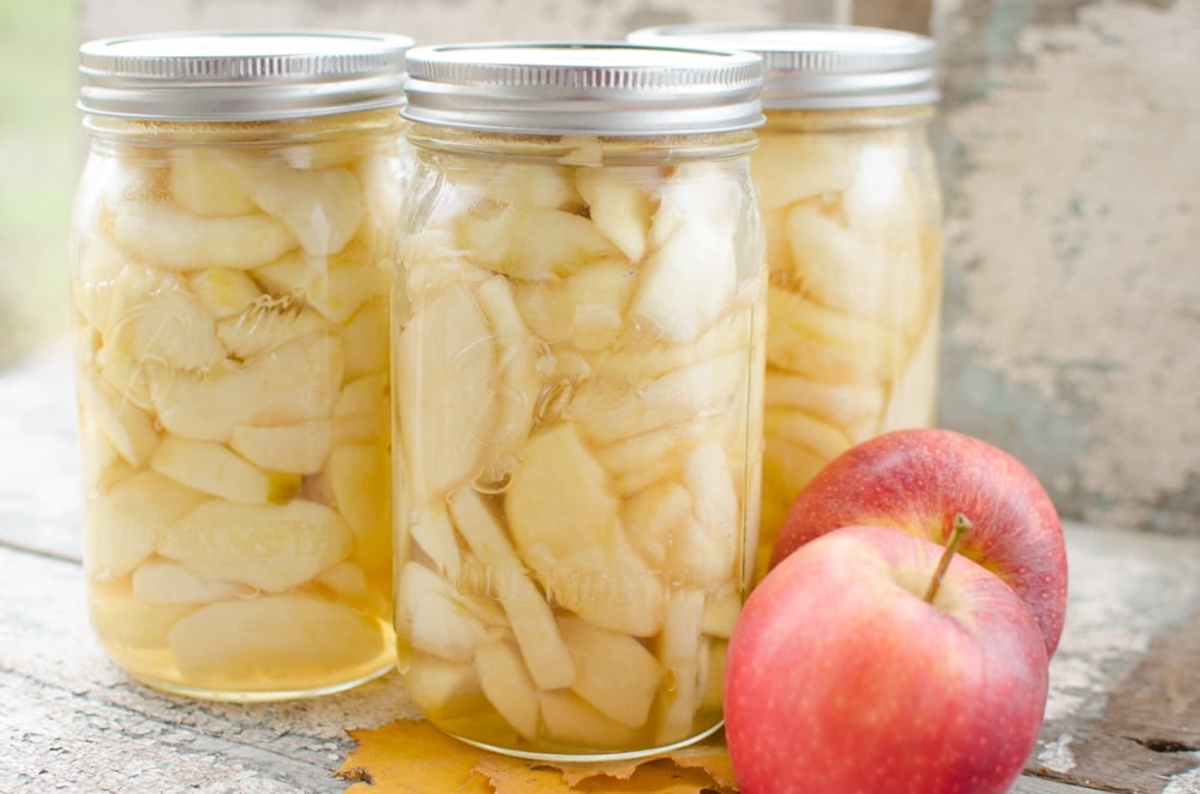

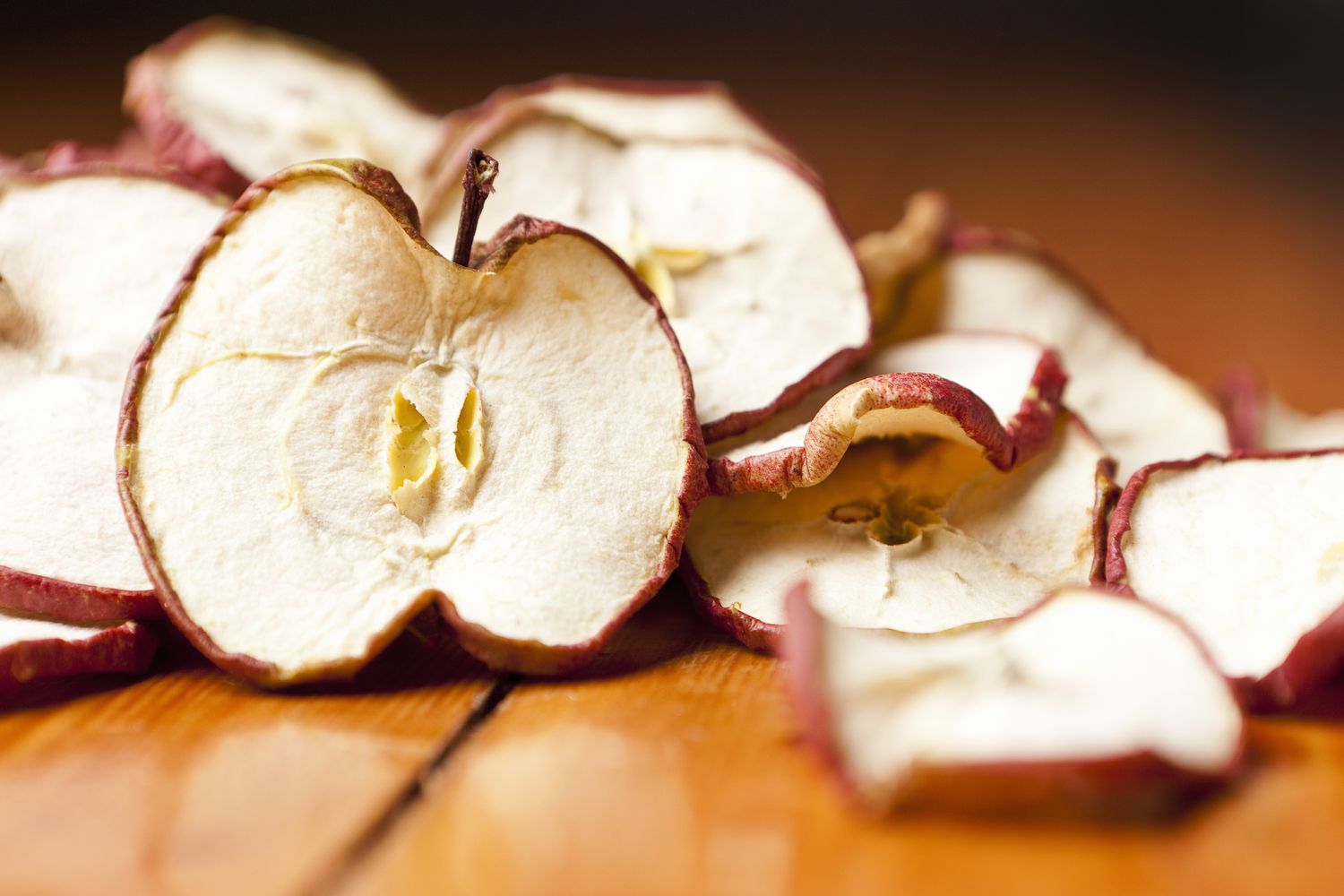
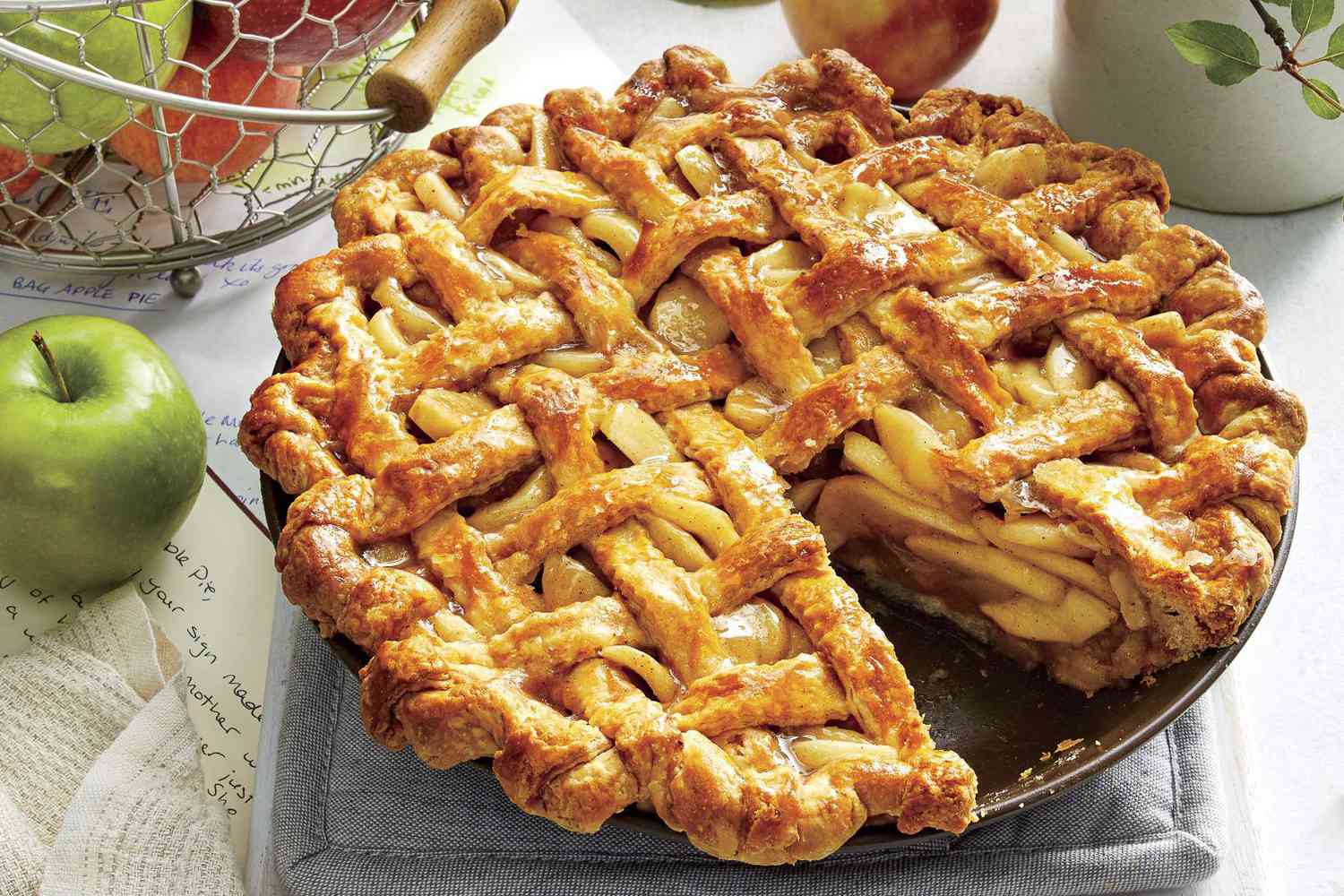
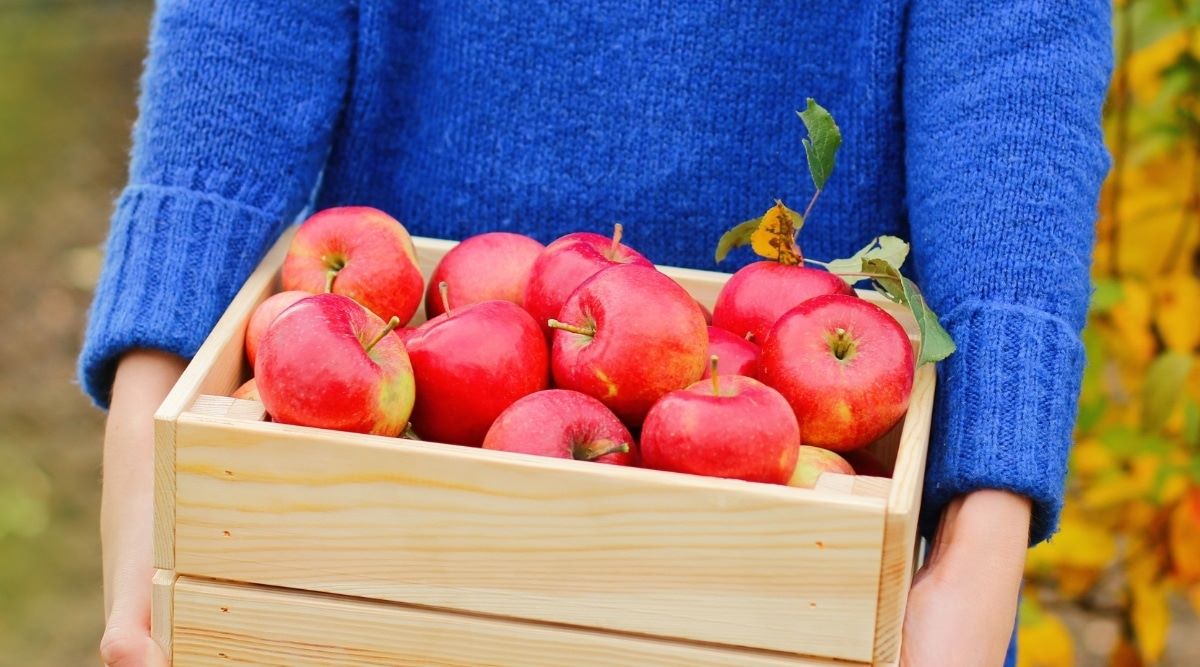
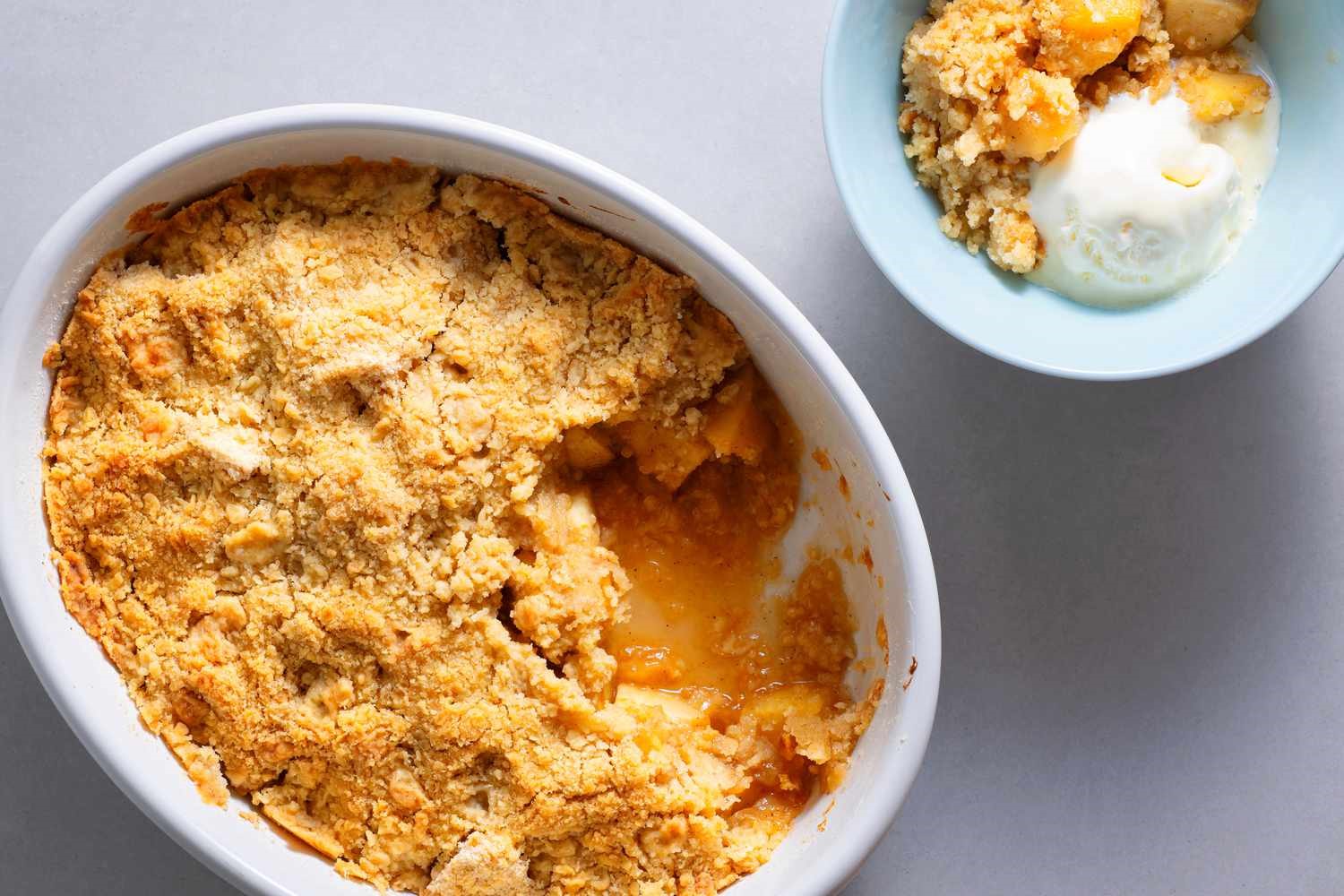
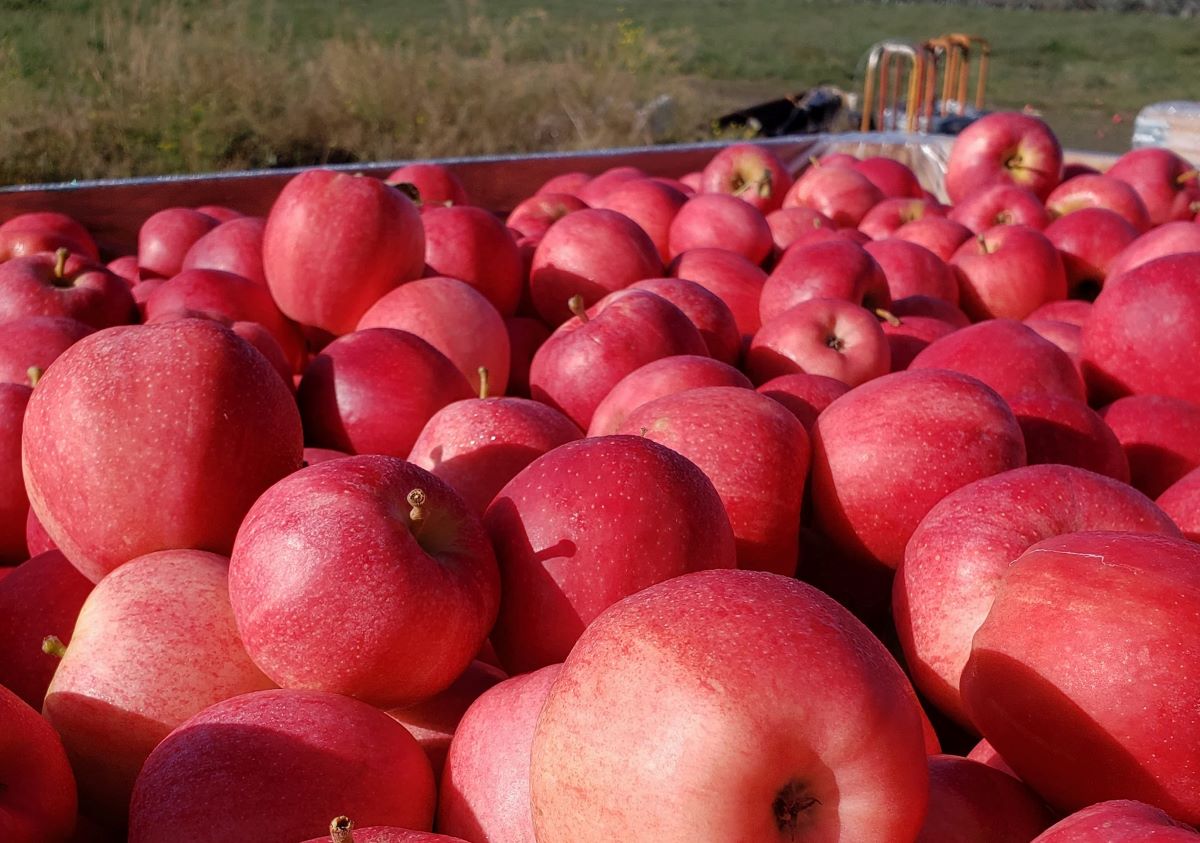
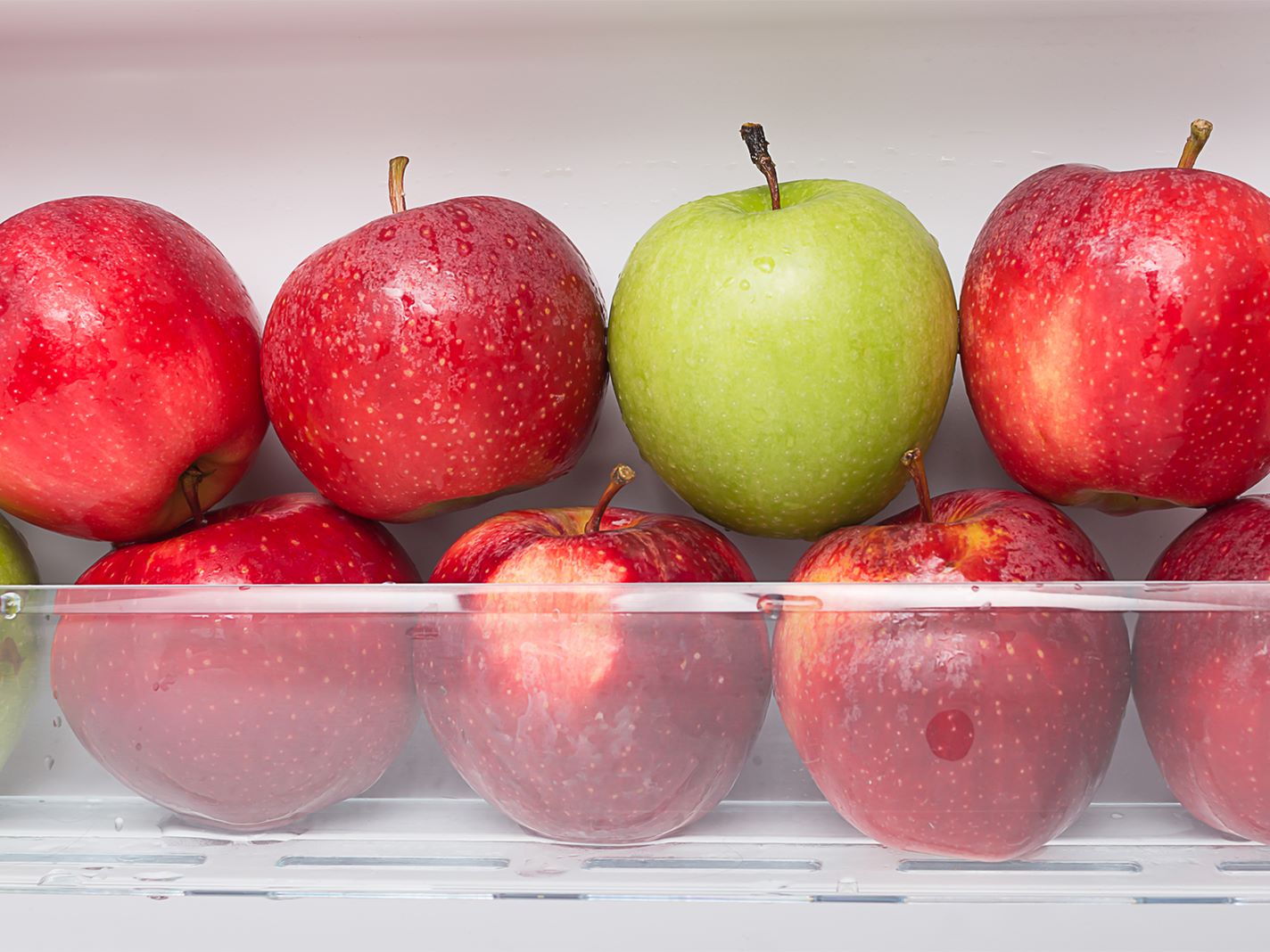
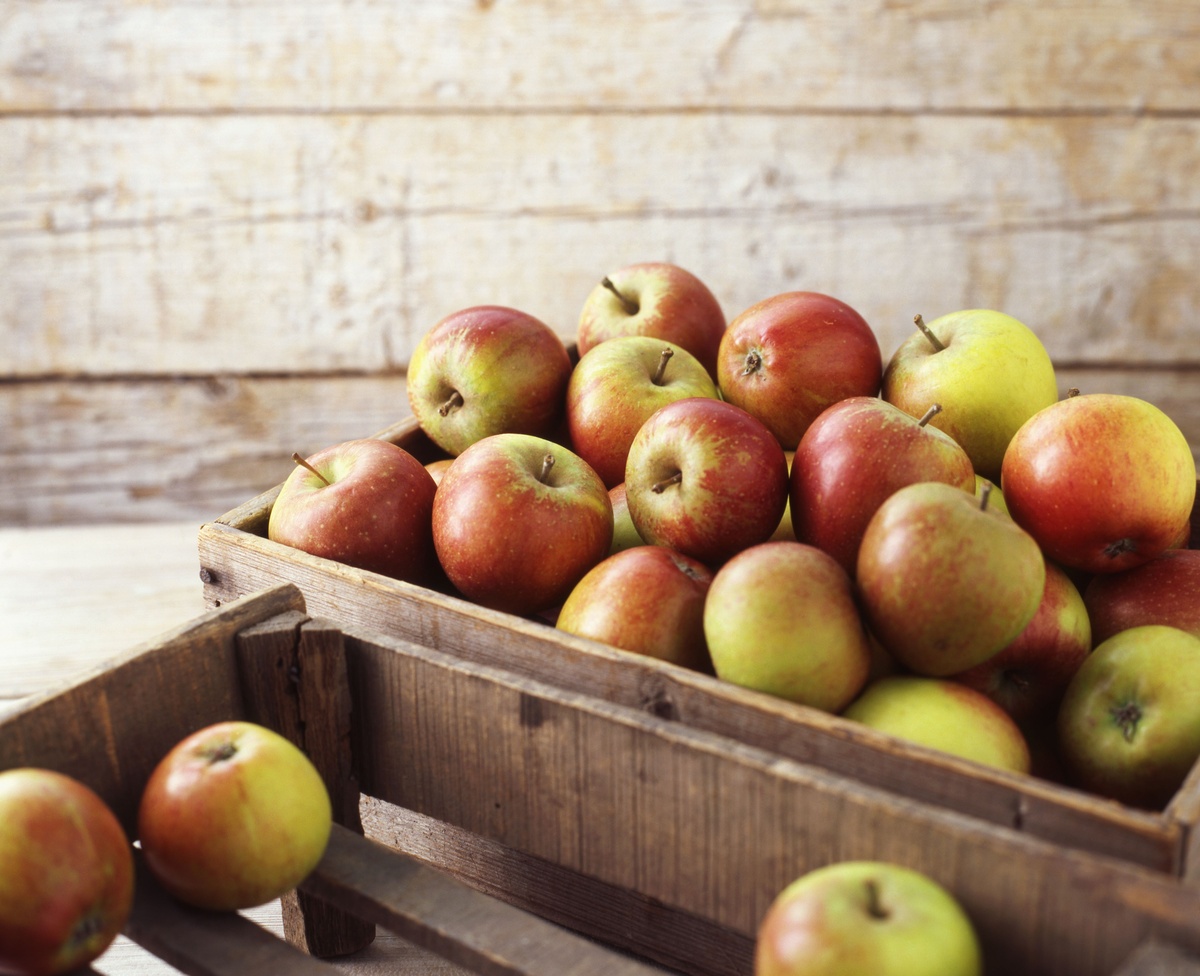
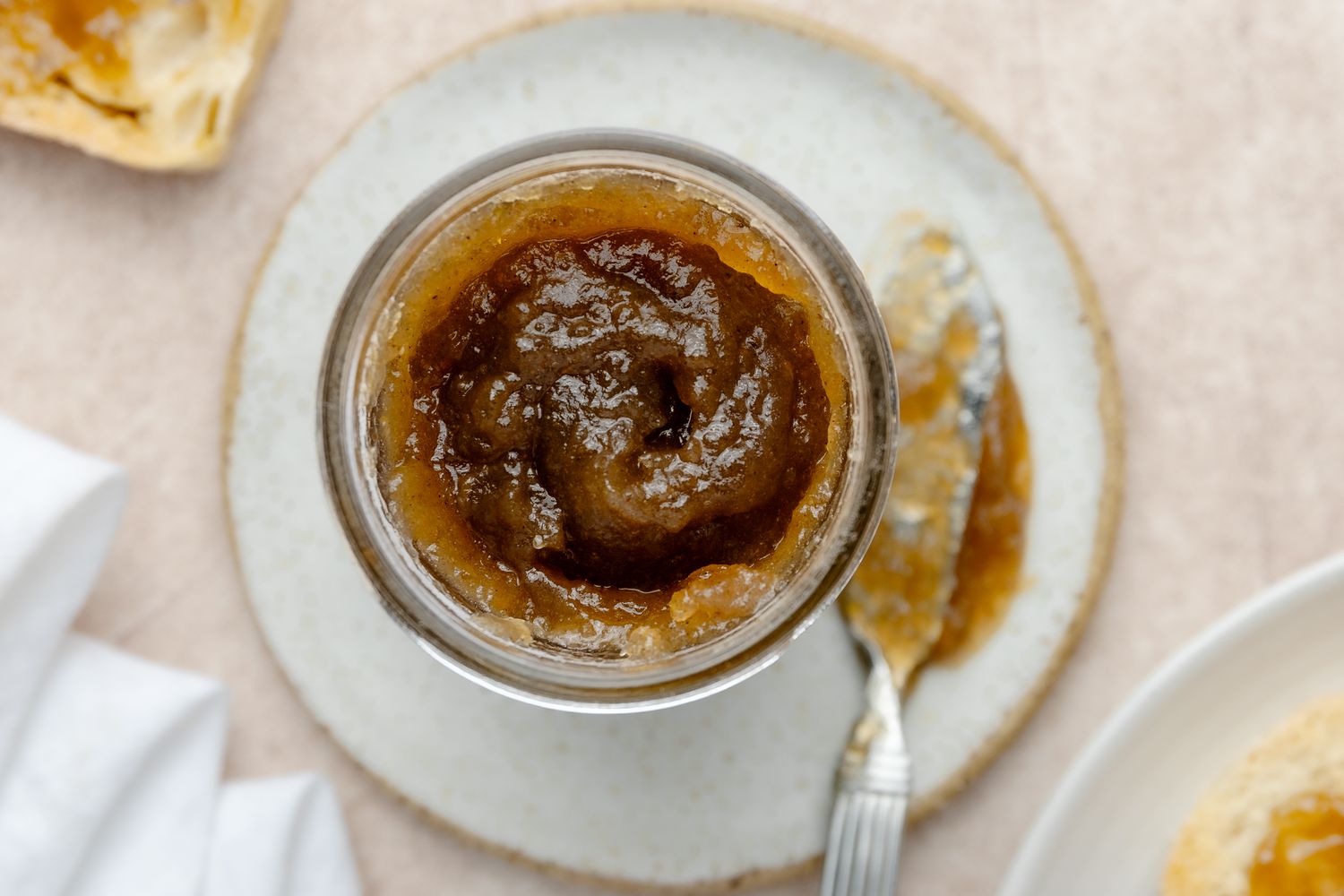
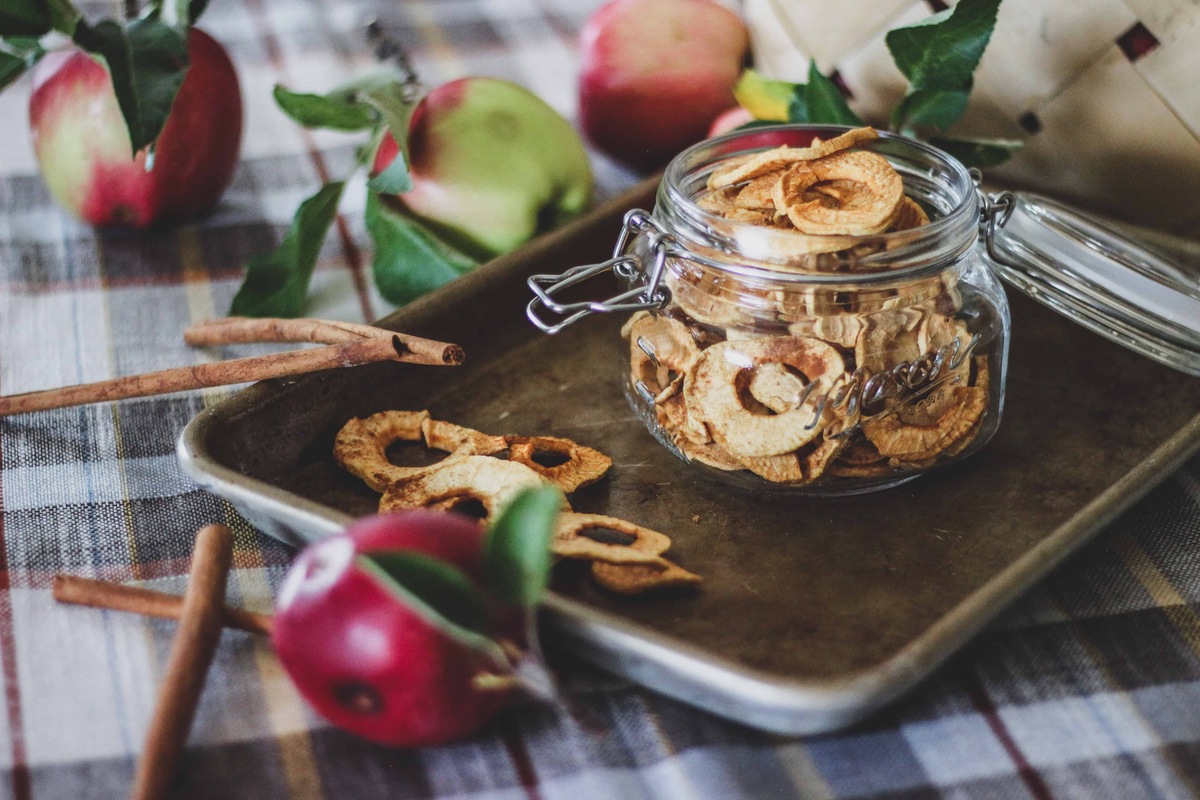
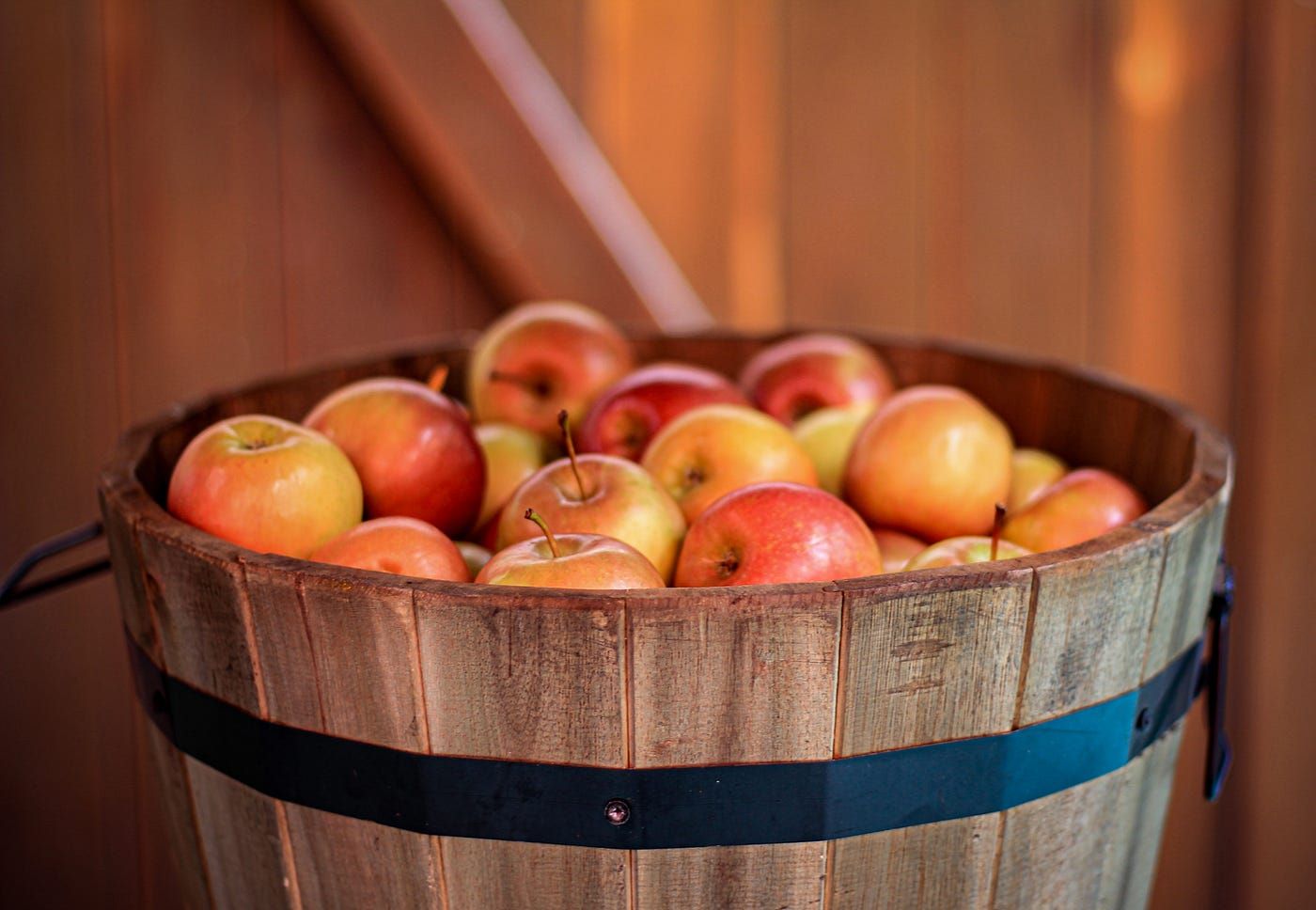

0 thoughts on “How To Store Picked Apples”